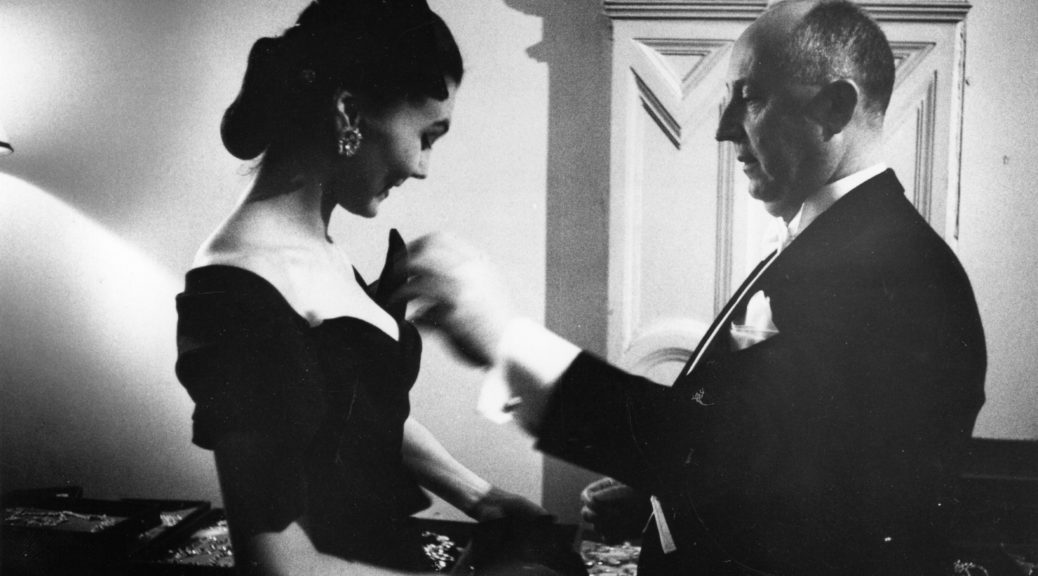Fashion designer and icon CHRISTIAN DIOR was born on this date (d. 1957) in Granville, Manche, Normandy, France, the younger son of Maurice Dior, a manufacturer of fertilizer and chemicals, and his wife, the former Madeleine Martin. Dior had an elder brother, Raymond, whose daughter was the Nazi sympathizer Françoise Dior.
Acceding to his parents’ wishes, Dior attended the Ecole des Sciences Politiques from 1920 to 1925. The family, whose fortune was derived from the manufacture of fertilizer, had hopes he would become a diplomat, but Dior only wished to be involved in the arts.
After leaving school he received money from his father so that in 1928 he could open a small art gallery, where he sold art by the likes of Pablo Picasso and Max Jacob. After a family financial disaster that resulted in his father losing his business, Dior was forced to shut down the gallery. In the 1930s Dior made a living by doing sketches for haute couture houses. In 1938 he worked with Robert Piguet and later joined the fashion house of Lucien Lelong, where he and Pierre Balmain were the primary designers. In 1945 he went into business for himself, backed by Marcel Boussac, the cotton-fabric magnate. Dior’s fashion house opened in December 1946, and the following February, he presented his first collection, known as Corolle. It was more famously known as the New Look.
The actual phrase the “New Look” was coined by Carmel Snow, the powerful editor-in-chief of Harper’s Bazaar. Dior’s designs were more voluptuous than the boxy, fabric-conserving shapes of the recent World War II styles, influenced by the rations on fabric. He was a master at creating shapes and silhouettes; Dior is quoted as saying “I have designed flower women.”
His look employed fabrics lined predominantly with percale, boned, bustier-style bodices, hip padding, wasp-waisted corsets and petticoats that made his dresses flare out from the waist, giving his models a very curvaceous form. The hem of the skirt was very flattering on the calves and ankles, creating a beautiful silhouette. Initially, women protested because his designs covered up their legs, which they had been unused to because of the previous limitations on fabric. There was also some backlash to Dior’s designs form due to the amount of fabrics used in a single dress or suit–during one photo shoot in a Paris market, the models were attacked by female vendors over the profligacy of their dresses–but opposition ceased as the wartime shortages ended. The New Look revolutionized women’s dress and reestablished Paris as the center of the fashion world after World War II.
Dior died at the health spa town Montecatini. Some reports say that he died of a heart attack after choking on a fish bone. Time magazine’s obituary stated that he died of a heart attack after playing a game of cards. However, the Paris socialite and Dior acquaintance Alexis von Rosenberg, Baron de Rédé stated in his memoirs that contemporary rumor had it that the fashion designer succumbed to a heart attack after a strenuous sexual encounter with two young men. His companion, at the time of his death, was an Algerian-born singer, Jacques Benita.
